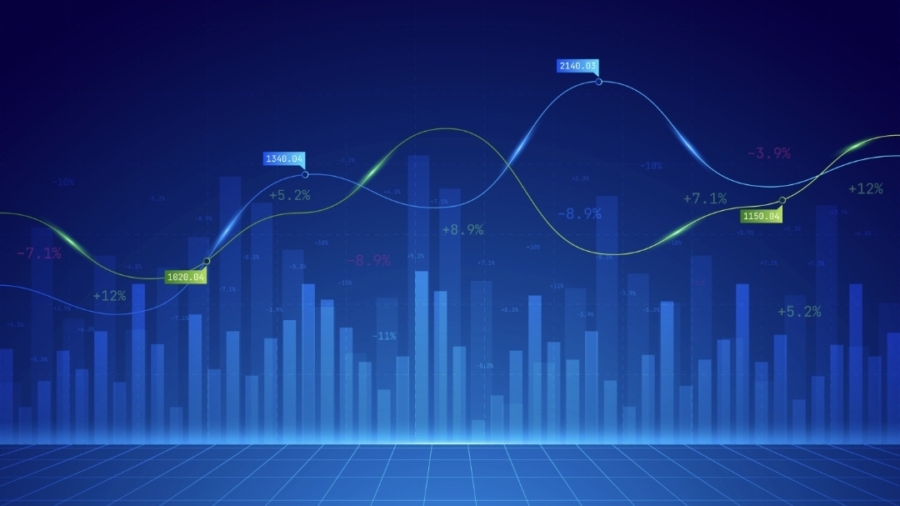In recent years, predictive models have become indispensable tools for strengthening public health systems. By leveraging data science, biostatistics, epidemiology, and machine learning, these models help forecast the trajectory of infectious disease outbreaks, guide interventions, and optimize health resource allocation.
Understanding Predictive Models in Public Health
Predictive models are mathematical or computational frameworks that analyze current and historical data to estimate the likelihood of future health events. In outbreak management, these models can predict the spread of diseases, the populations most at risk, and the potential outcomes of interventions such as vaccination, social distancing, or travel restrictions.
Types of Predictive Models Used in Outbreak Management
Compartmental Models (SIR/SEIR):
These models divide populations into compartments (e.g., susceptible, exposed, infected, recovered) and simulate disease dynamics. They are widely used to estimate transmission rates and predict epidemic curves.
Agent-Based Models:
These simulate interactions between individuals within a virtual environment, making it possible to model complex human behaviors, mobility, and the impact of interventions at a granular level.
Machine Learning Models:
Using large datasets, ML algorithms detect patterns in disease spread, patient characteristics, or mobility trends. They are particularly effective for real-time outbreak forecasting and anomaly detection.
Bayesian Models:
These integrate uncertainty into predictions, allowing health authorities to work with probabilities rather than deterministic forecasts — crucial in rapidly evolving outbreaks.
Time-Series Models:
Autoregressive models and neural networks can forecast short-term disease incidence using historical trends, which is vital for near-term planning.
Applications in Outbreak Management
Early Detection and Surveillance: Predictive models can flag unusual spikes in cases or hospital admissions, enabling rapid response before outbreaks escalate.
Resource Allocation: Hospitals and health systems use forecasts to plan for bed capacity, ventilators, medical staff, and medications.
Vaccination Strategies: Models help determine optimal vaccine distribution strategies by identifying high-risk groups and regions.
Intervention Planning: Governments can simulate the effects of interventions (e.g., lockdowns, school closures) to balance public health benefits with social and economic costs.
Contact Tracing Optimization: Predictive analytics can prioritize tracing efforts by identifying individuals or communities most likely to transmit disease.
Case Examples
During the COVID-19 pandemic, predictive models were used worldwide to estimate case numbers, ICU demand, and the impact of interventions. Some models successfully predicted case surges weeks in advance, guiding government responses.
For influenza, predictive models integrate climate, mobility, and vaccination data to forecast seasonal trends and vaccine effectiveness.
In regions prone to cholera or malaria, predictive modeling combines rainfall, sanitation, and mobility data to predict outbreaks before they occur.
Challenges in Predictive Modeling
Data Quality: Incomplete, delayed, or inaccurate data can weaken predictions.
Model Assumptions: Simplified assumptions may not reflect real-world complexities such as asymptomatic transmission.
Adaptability: Pathogens evolve, and human behaviors change, requiring models to constantly adapt.
Equity Concerns: Models must avoid biases that could neglect vulnerable or underrepresented populations.
Communication: Complex forecasts must be translated into actionable and understandable insights for policymakers.
The Future of Predictive Modeling in Public Health
The integration of big data, artificial intelligence, and real-time surveillance is advancing predictive modeling toward greater precision and usability. Mobile health apps, wearable devices, and genomic data will feed into these models, making outbreak forecasts more personalized and timely. Cloud computing and open data platforms will enhance global collaboration.
Ultimately, predictive models are not about replacing human judgment but augmenting decision-making. When combined with strong public health systems, transparent governance, and community engagement, they can transform how we anticipate and respond to health threats.








